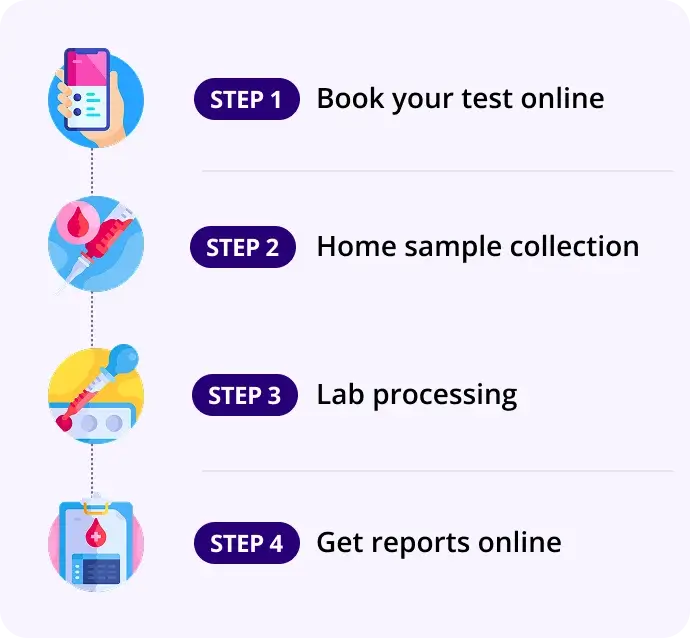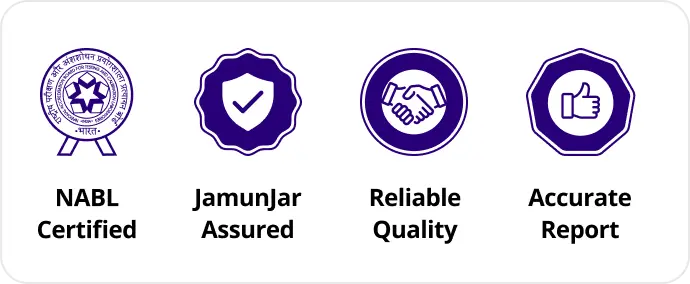Urinary Sodium (Spot)
Report in 16Hrs
At Home
No Fasting Required
Details
Assesses sodium, vital in fluid balance and acid-base disorders.
₹89₹400
78% OFF
🧪 What is Spot Urinary Sodium?
The Spot Urinary Sodium test measures the concentration of sodium (Na⁺) in a single urine sample collected at any time (not 24 hours). It helps evaluate the body's sodium balance, kidney function, and fluid status.
❓ Why is the Test Done?
To:
- Assess sodium handling by the kidneys
- Diagnose causes of hyponatremia or hypernatremia
- Evaluate patients with edema, hypertension, or dehydration
- Guide treatment of electrolyte and volume disorders
- Monitor response to diuretic therapy or other interventions
📊 Normal Reference Range
Spot Urinary Sodium | Typical Range |
|---|---|
40 – 220 mEq/L | Varies with diet, hydration, and kidney function |
📈 Interpretation of Results
Urinary Sodium Level | Clinical Significance |
|---|---|
Low (<20 mEq/L) | Suggests sodium retention due to volume depletion (e.g., dehydration, heart failure, cirrhosis) |
High (>40 mEq/L) | Indicates sodium loss via kidneys (e.g., diuretics, renal salt wasting, mineralocorticoid deficiency) |
🧠 Associated Conditions
Condition | Details |
|---|---|
Dehydration | Kidneys conserve sodium; low urinary sodium |
Heart failure | Sodium retention to maintain volume; low urinary sodium |
Diuretic use | Increased sodium excretion; high urinary sodium |
Renal tubular disorders | Impaired sodium reabsorption; high urinary sodium |
Mineralocorticoid deficiency | Causes sodium wasting and volume depletion |
🔄 Related / Follow-Up Tests
- Serum sodium and other electrolytes
- Spot urinary potassium
- Renal function tests (urea, creatinine)
- Plasma renin and aldosterone levels
✅ Fasting Required?
Test | Fasting Required |
|---|---|
Spot Urinary Sodium | ❌ No |
📝 Summary Table
Parameter | Details |
|---|---|
What | Measures sodium concentration in a single urine sample |
Why | Evaluate sodium balance and kidney handling |
Normal Range | 40–220 mEq/L (varies) |
Low Levels | Sodium retention due to volume depletion or heart failure |
High Levels | Sodium loss due to diuretics, renal salt wasting |
Associated Conditions | Dehydration, heart failure, diuretic use, renal disorders |
Follow-up Tests | Serum electrolytes, potassium, renal function, renin-aldosterone |
Fasting Required | ❌ No |
How our test process works!

